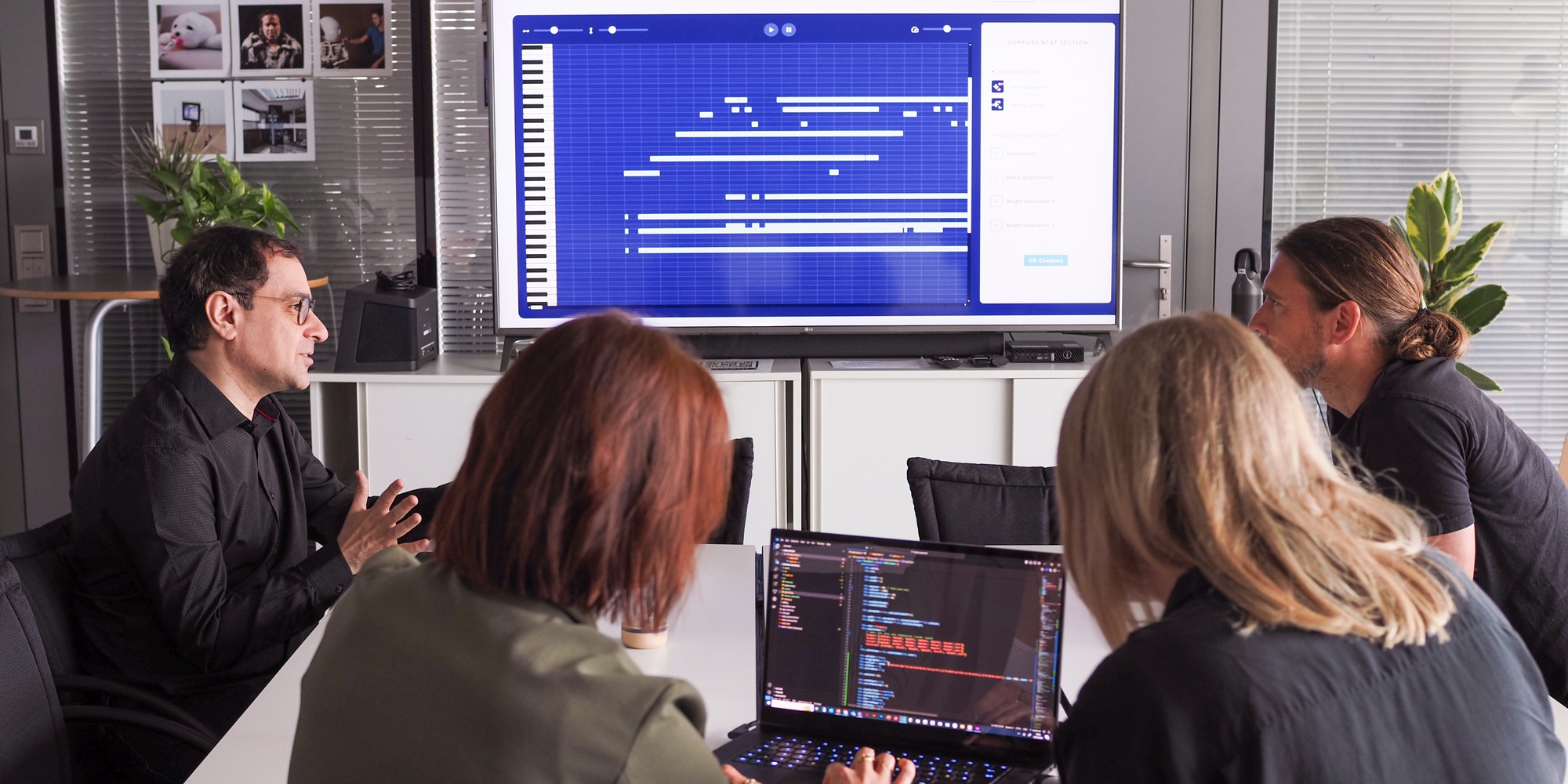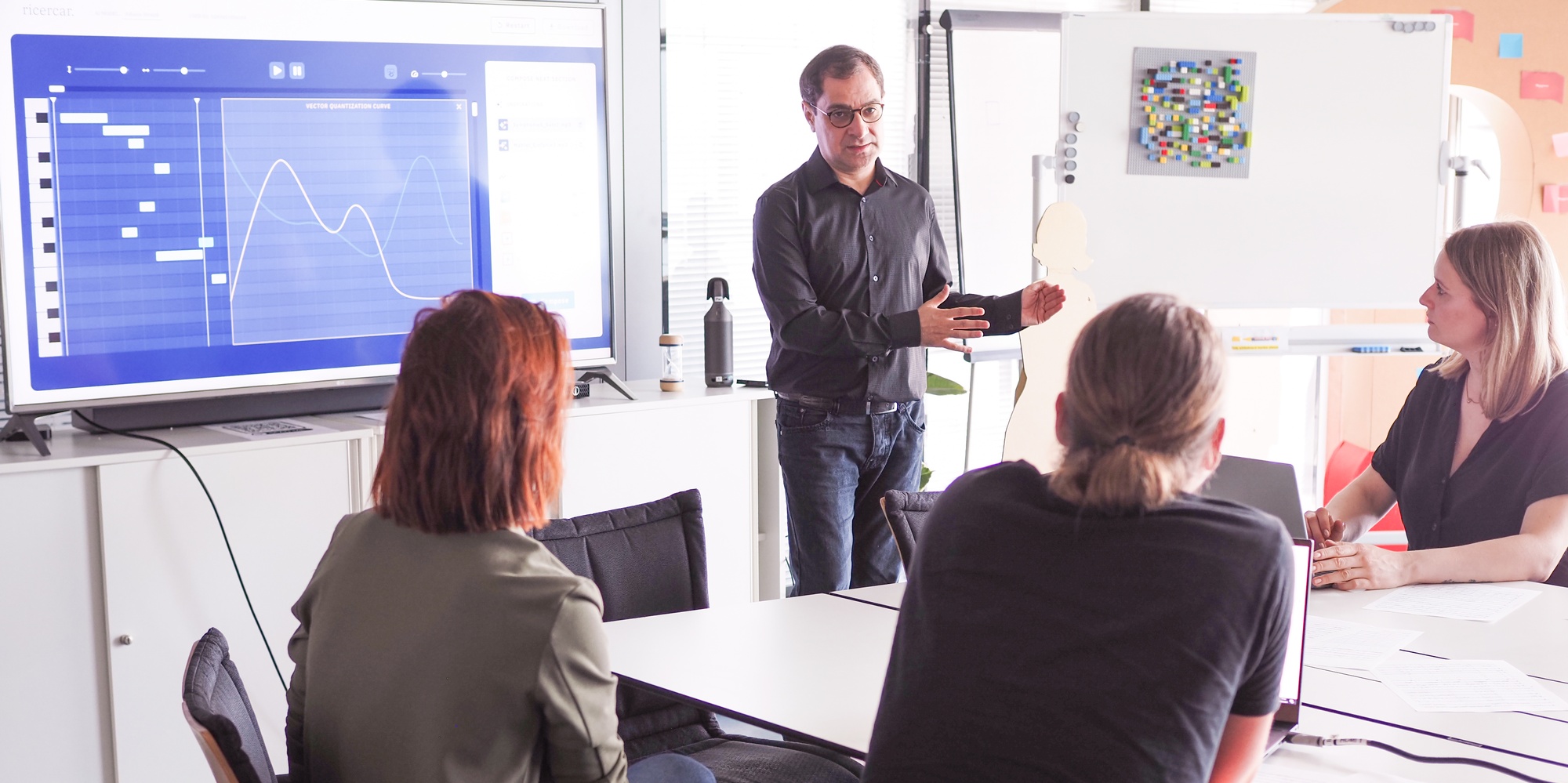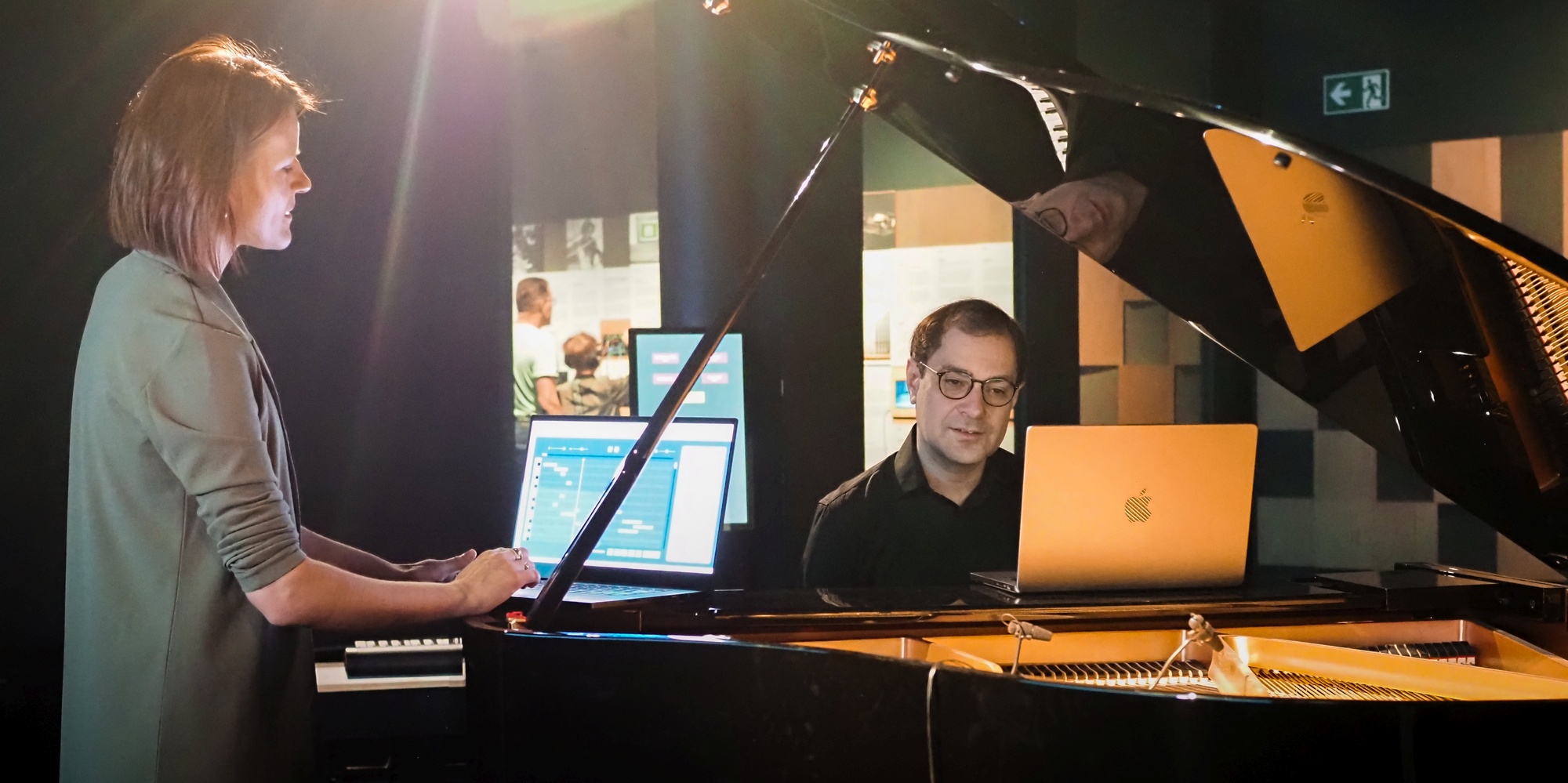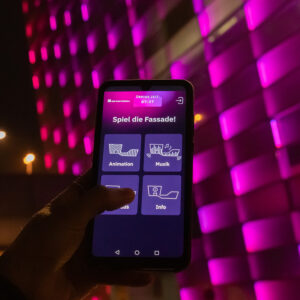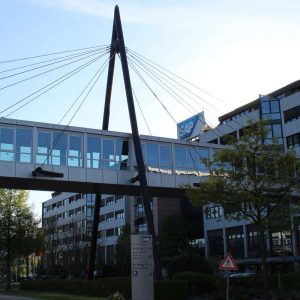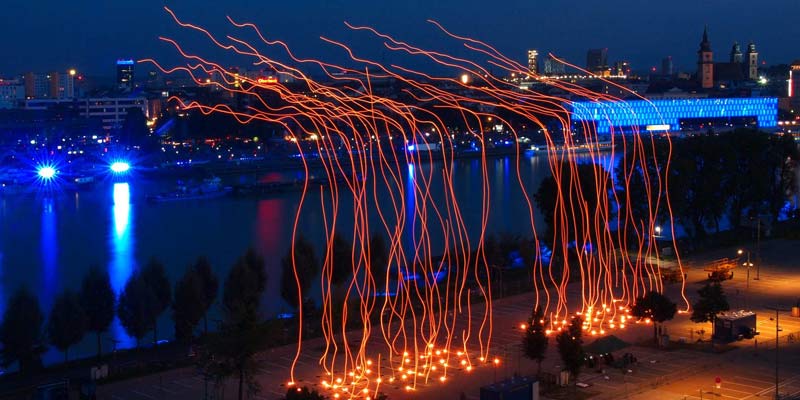The year 2025 marks the 200th birthday of Johann Strauss Jr. – a composer who shaped the history of music with works such as the Danube Waltz and operettas like “Die Fledermaus” (The Bat) and “Eine Nacht in Venedig” (A Night in Venice). On behalf of Johann Strauss Festjahr 2025 Wien, the Ars Electronica Futurelab is dedicating itself to this anniversary under the provisional project title “Walzersymphonie” (Waltz Symphony). The central question of the project is: “How can artists use the creative potential of AI technologies?”
The core concept of “Walzersymphonie” comprises a series of workshops that will take place at renowned music universities in May/June 2024: University of Music and Performing Arts Vienna, Mozarteum University Salzburg, Zurich University of the Arts, University of Music and Performing Arts Munich. These workshops are primarily aimed at students studying composition and serve as places of discourse for creative ideas on the use of AI in dealing with the music of Johann Strauss.
Selected students get the opportunity to create new compositions using a version of the AI system Ricercar that has been specially adapted for this project and trained with the music of Johann Strauss. Ricercar is an AI-based composition system that has already been used in numerous artistic projects. It has been developed since 2019 by AI researcher and classical musician Ali Nikrang in the Ars Electronica Futurelab as a research tool specifically for the artistic needs of classical music.
Performances of the “Walzersymphonie” in 2025
By summer 2025, Johann Strauss Festjahr 2025 Wien will commission a four-movement symphony as part of the “Walzersymphonie” project, which will be performed in September 2025 at the Ars Electronica Festival in Linz and in November 2025 in Vienna with the Bruckner Orchestra Linz. The project will also be accompanied by lectures, publications and studies. The “Walzersymphonie” project thus serves not only as an artistic exploration, but also as a public discussion about the role of AI in art: how do human creativity and machines fit together and how can we work so that AI systems complement rather than replace these creative processes?
From a technical point of view, an experimental approach to AI requires an openness to new possibilities and an intuitive approach without clear guidelines. Interacting with AI requires a certain amount of freedom and creativity on the part of the user in order to fully harness the potential of the technology.
A project of Johann Strauss Festjahr 2025 Wien in cooperation with Ars Electronica Futurelab
Read more about Walzersymphonie on the Ars Electronica Blog:
Credits
Ars Electronica Futurelab: Susanne Kiesenhofer, Ali Nikrang
Client: Johann.Strauss-Festjahr2025 GmbH
PARTNERS: University of Music and Performing Arts Vienna, Mozarteum University Salzburg, Zurich University of the Arts, University of Music and Performing Arts Munich
Related Projects
Take a look at some of our other projects
From our never-ending list of ideas and concepts we have compiled a selection of works related to the topics addressed in this project. An overview of all our productions, cooperations and projects can be found in our continuously growing project archive.

